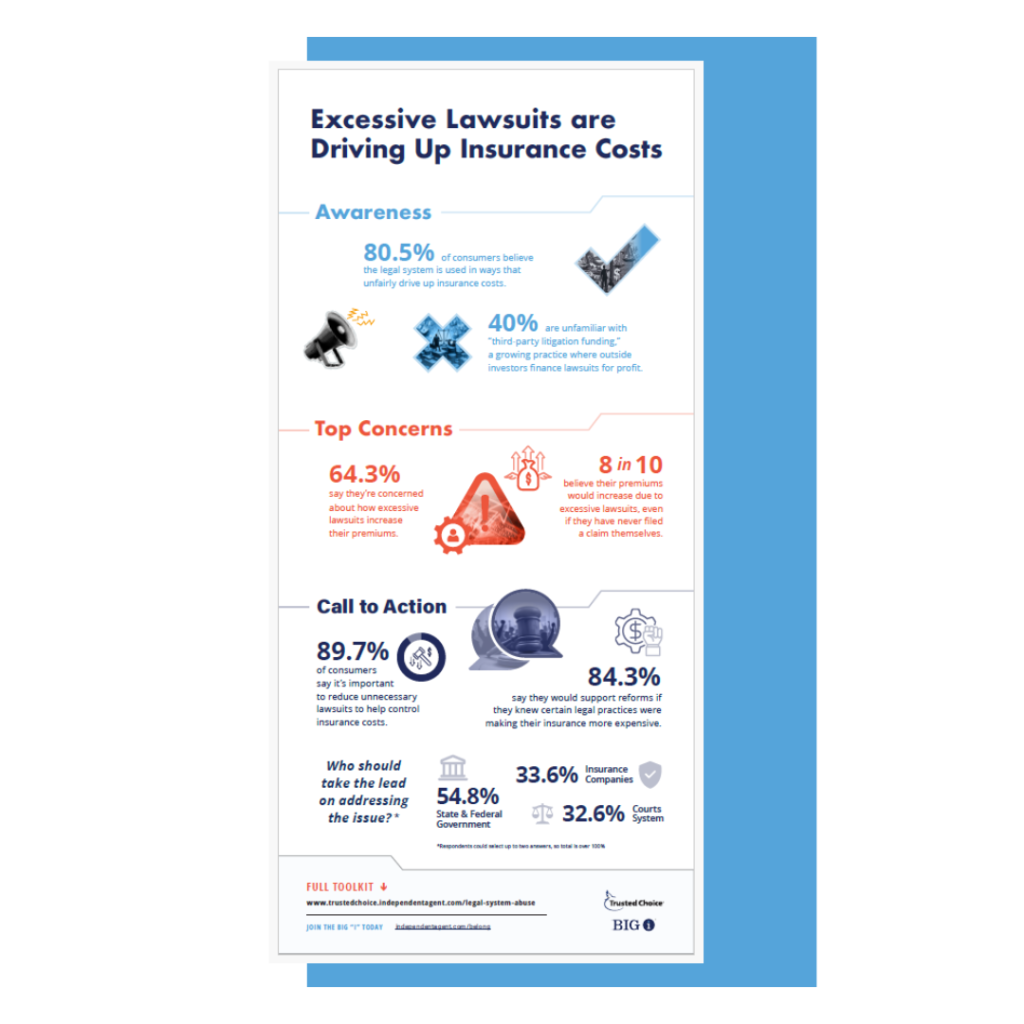The Pitfalls of EBITDA
Business values are very often expressed as a multiple of EBITDA (Earnings Before Interest, Taxes, Depreciation, Amortization). People use EBITDA because intuitively, valuations makes more sense if they are expressed as a function of earnings rather than sales or assets. EBITDA though has several serious drawbacks. This article discusses the reasons why EBITDA should be nothing more than one of the tools used to determine agency value.
Author: Chris Burand Business values are very often expressed as a multiple of EBITDA (Earnings Before Interest, Taxes, Depreciation, Amortization). People use EBITDA because intuitively, valuations makes more sense if they are expressed as a function of earnings rather than sales or assets. EBITDA though has several serious drawbacks. This article discusses the reasons why EBITDA should be nothing more than one of the tools used to determine agency value. Business values are very often expressed as a multiple of EBITDA (Earnings Before Interest, Taxes, Depreciation, Amortization). For example, many people cite agency values as being between five and seven times EBITDA. The average broker value as of 12-31-03 was 10.0 with a median of 9.4 times EBITDA (Hales Report, Jan. 2004, p. 5). This measure is very similar to a multiple of revenue except that it is a multiple of earnings (where “earnings” are defined as EBITDA rather than one of the myriad of other definitions of earnings). People use EBITDA because intuitively, valuations makes more sense if they are expressed as a function of earnings rather than sales or assets. For example, how valuable is a $10 million revenue agency that loses money? Or how valuable is a firm that has $10 million in assets if its liabilities are $50 million? EBITDA though has several serious drawbacks. In fact, not long ago the SEC urged corporations and investors to be wary of earnings expressed as EBITDA. In the insurance agency/broker business, this warning went entirely unheeded. Many of the large firms buying agencies use EBITDA because it paints a very bright picture of their earnings. Why would buyers want to paint a better picture of their earnings? Shouldn’t this be more applicable to sellers? Keep in mind, most major acquisition firms are public which means they are constantly selling stock, part of their firm, while also buying other firms. Consider two agencies of similar size, both with plans to grow by 20%. Agency A does this by acquisition. Agency B does it by finding and developing new producers. Both have real, pretax profit margins of 10%. Agency A though is going to have a large EBITDA, probably 10%-25% while Agency B will have an EBITDA of probably 5%-15 (these are actual percentages—not normalized or adjusted for excessive owner compensation and such). The difference? Almost all costs associated with Agency A’s growth strategy are excluded from the EBITDA calculation. If they borrowed money to pay for their acquisitions, the interest and principal payments are excluded as are the expenses related to the acquisition of the hard assets and intangible assets. Agency B probably is not going to borrow money to hire producers so they cannot exclude interest and there is no depreciation or amortization associated with hiring producers. So if both agencies are valued at seven times EBITDA, Agency A is going to be valued significantly higher than Agency B simply because Agency A’s EBITDA is so much higher. For example, if both agencies have $1 million in revenue, Agency A has an EBITDA of 25% (pro forma) and Agency B has an EBITDA of 15%, Agency A would have a value of $1.75 million and Agency B would have a value of $1.05 million. Theoretically, valuations and the market (if the broker is publicly held) should adjust Agency A’s value accordingly but it is my opinion these adjustments are not always occurring, possibly because the EBITDA’s being reported by some brokers are so impressive. Some agency owners also bench mark themselves against EBITDA standards and have become very frustrated because they cannot invest in agency growth and still make 20% EBITDA. 20% EBITDA, while investing significantly in agency organic growth, is not reasonable. Growth is expensive. Based on the results of many acquisitive brokers, my impression is they are achieving their high EBITDA by NOT investing in growth. Their results show very poor organic growth, which also suggests they are not investing in growth. When an agency does not invest in growth, very high profit margins are achievable. The Best Practices Study confirms a tradeoff exists between profitability and growth. The fastest growing agencies with $500,000 to $1,250,000 in revenue only averaged a pretax profit margin of 9% while the top 25% on a profitability basis achieved an average profit margin of 24.7%. Another large issue and probably the biggest problem using EBITDA is that some people use this term including pro forma adjustments. Unless it is stated, “Pro Forma EBITDA,” pro forma adjustments should not be included in EBITDA calculations. If assessing someone’s “Pro Forma EBITDA,” be wary. Carefully analyze the adjustments to learn if you agree with them. NEVER take “Pro Forma EBITDA” at face value. EBITDA can be a useful measure but used alone it is mostly useless. It is like a steering wheel which is very useful for driving, but useless without brakes, a gas pedal, an engine, and a car body. EBITDA should never be used alone as some experts and professional spinners suggest. Because EBITDA is a useful spinning tool, readers should ask themselves, “Am I selling or buying?” Chris Burand is president of Burand & Associates, LLC, an insurance agency consulting firm. Readers may contact Chris at (719) 485-3868 or by e-mail at chris@burand-associates.com. . Copyright 2004 by Chris Burand. Used with permission. |









